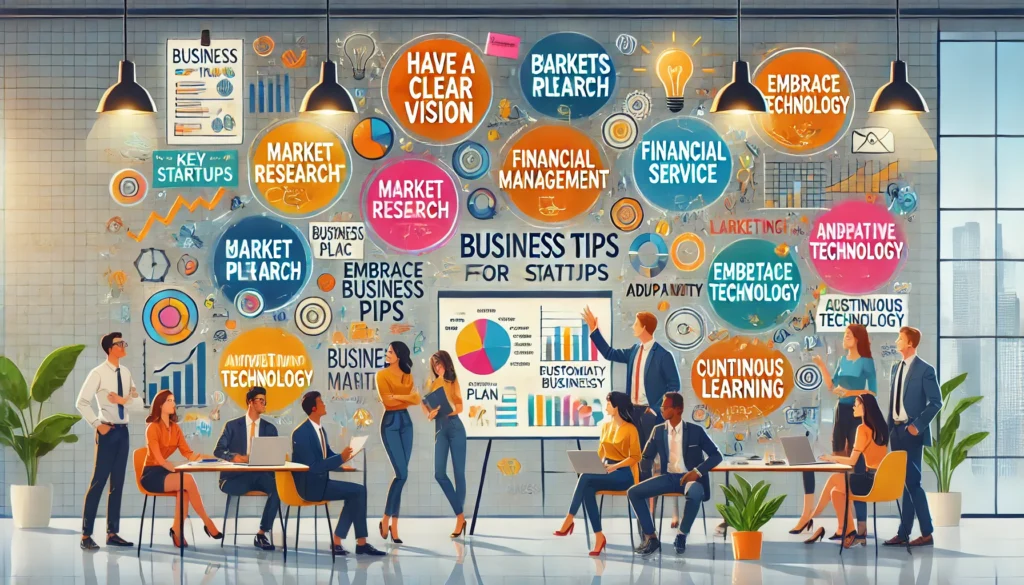Future of Home Appliances: How Touchless Technology is changing the Game

Touchless technology, huh? It’s one of those things that seemed like pure science fiction not too long ago, but now it’s becoming a more and more common part of our daily lives.
You just wave your hand in front of the sink, and water comes out like magic. Or step into an elevator and watch as the doors slide open without so much as a touch. It makes you feel like you’re living in the future, even if you’re not quite sure how it all works.
How Does Touchless Technology Exactly Work?
Touchless technology involves a combination of optical matrix sensors, lenses, and software that translates motion into on-screen gestures. The sensors detect movement and input sources such as voice commands, and the software interprets these inputs into commands that the appliance can understand.
It’s like having a personal assistant that can anticipate your every move and respond with lightning-fast efficiency.
For example, those touchless faucets use infrared sensors to detect when you’re nearby and then turn the water on and off accordingly.
Common Touchless Home Appliances
1. Touchless faucets
These innovative faucets utilize advanced sensor technology to detect the presence of hands, initiating the water flow without the need for physical contact. Not only does this provide a more convenient and hygienic experience, but it also helps to conserve water by eliminating wasteful drips and leaks.
2. Touchless Trash Cans
By employing state-of-the-art infrared sensors, touchless trash cans open their lids automatically when they sense motion nearby. This cutting-edge technology is not only convenient and hassle-free, but it also promotes better sanitation by eliminating the need to touch the lid with your hands.
3. Touchless Soap Dispensers
With the touchless soap dispenser, users no longer have to worry about coming into contact with harmful germs and bacteria that can accumulate on traditional soap dispensers. The motion sensor technology allows for hands-free dispensing, ensuring a more hygienic and cleaner experience.
4. Touchless Hand Dryers
Touchless hand dryers are an excellent alternative to traditional hand dryers, as they use advanced sensors to detect when someone needs to dry their hands. This technology is not only more hygienic but also more energy-efficient, saving both time and money.
5. Touchless Toilets
Touchless toilets use advanced sensors to detect when a user is present, making the flushing process completely hands-free. This technology is not only more hygienic, but it also helps reduce water consumption, making it an environmentally friendly option.
6. Touchless Vacuum Cleaners
The touchless vacuum cleaner is a game-changer for anyone who wants to maintain a clean living space without the hassle of manually operating a vacuum cleaner. The sensors in these devices can detect when dirt and debris are present, allowing for automated cleaning and less time spent cleaning manually.
How is it Changing the Game?
Simply put, it’s a technology that eliminates the need for physical touch to operate appliances. From faucets to toilets, soap dispensers to vacuum cleaners, touchless technology is revolutionizing the way we interact with our home appliances.
One of the most significant benefits of touchless technology is its hygienic advantages. With no need for physical contact, it’s easier to maintain cleanliness and prevent the spread of germs and bacteria. It’s especially crucial in today’s world, where we are more aware of the need for better hygiene.
But touchless technology is not just about hygiene; it also brings added convenience and efficiency to our daily lives. Imagine being able to clean your house without even touching a vacuum cleaner.
Or being able to flush your toilet without touching the handle. It’s the kind of luxury that we never knew we needed.
Widespread Adoption of Touchless Technology
It has numerous benefits for businesses. These include energy savings due to automatic shut-off rather than waiting for human intervention, increased productivity and profits due to reduced employee illness and downtime, reduced costs associated with implementing touchless technology, and an enhanced customer experience.
It is also getting used in various scenarios, such as incorporating it into self-service kiosks, using it to enable temperature checks at the point of entry, and creating touchless menus in the food service industry.










